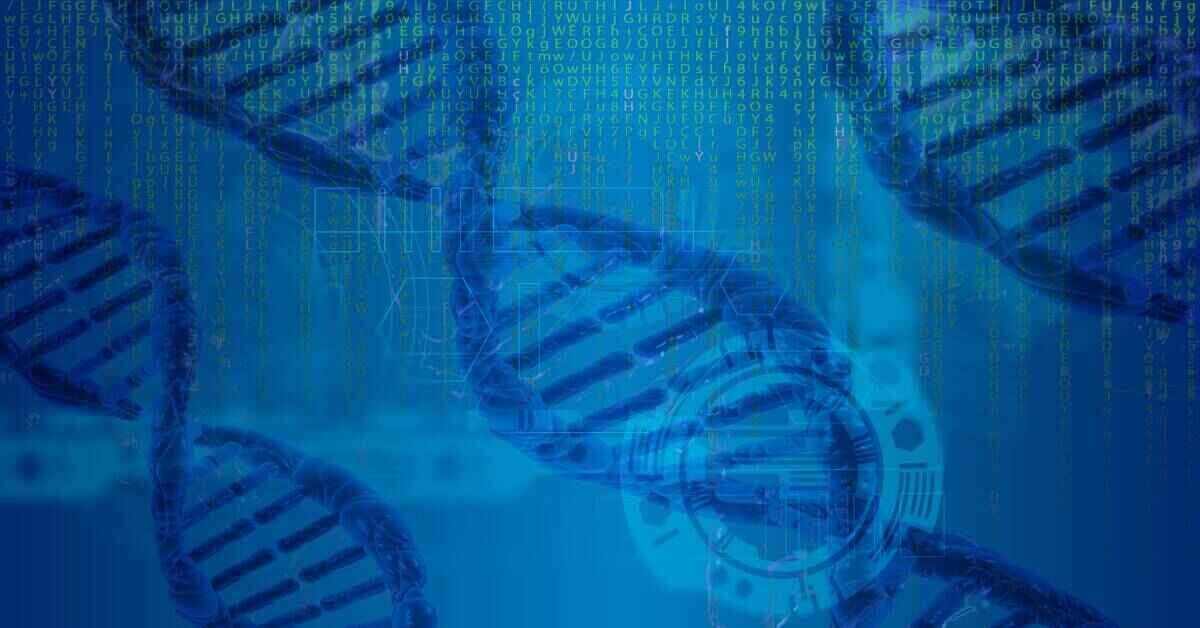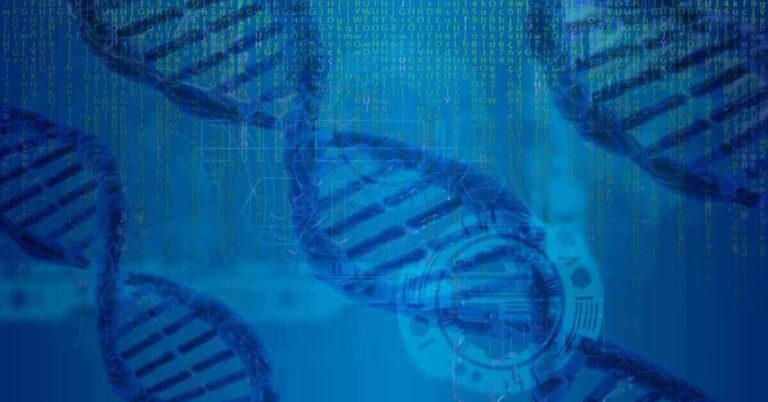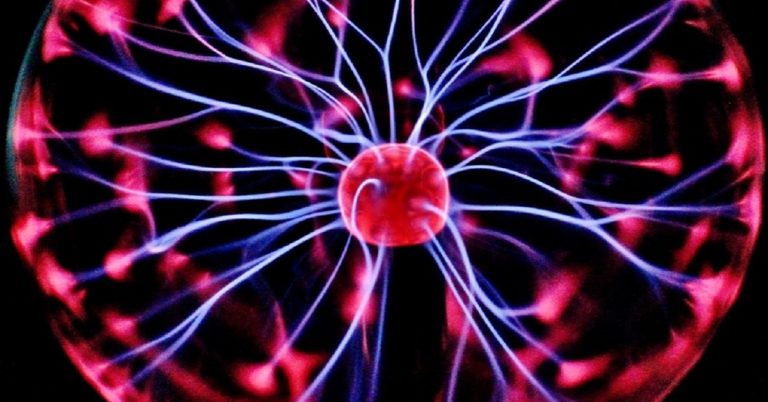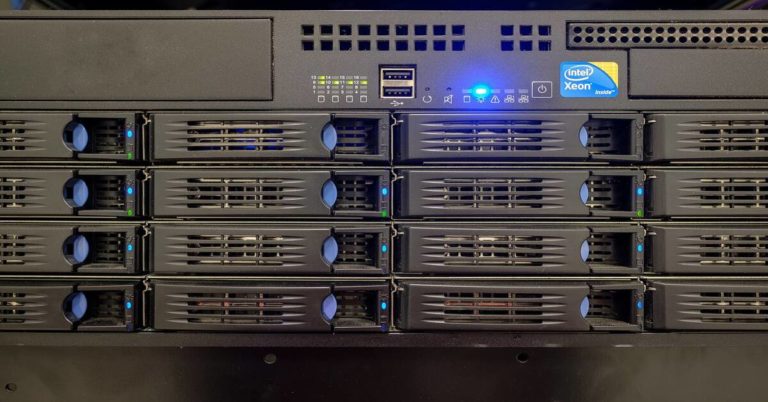What is Computational Biology (Bioinformatics)
Computational biology, also known as bioinformatics, is the field of biology that uses computational techniques to analyze and interpret biological data. This can include data from DNA sequences, protein structures, and gene expression patterns, among other sources.
Computational biologists use a variety of tools and techniques, including computer programming, statistical analysis, and machine learning, to analyze and interpret large amounts of biological data. They work with data from a wide range of sources, including experiments, literature, and databases.
Some of the key areas of research in computational biology include:
- Gene prediction and annotation: identifying the locations and functions of genes in DNA sequences
- Molecular evolution: studying the evolution of DNA and protein sequences over time
- Structural biology: predicting the three-dimensional structures of proteins and other biomolecules
- Systems biology: studying the interactions and relationships between different biological components at the cellular and molecular level
- Drug design: using computational techniques to design and optimize new drugs and therapies
Computational biology is an interdisciplinary field, combining concepts and techniques from biology, computer science, and mathematics. It plays a crucial role in modern biology, enabling researchers to analyze and interpret vast amounts of data in a way that would not be possible using traditional techniques alone.






